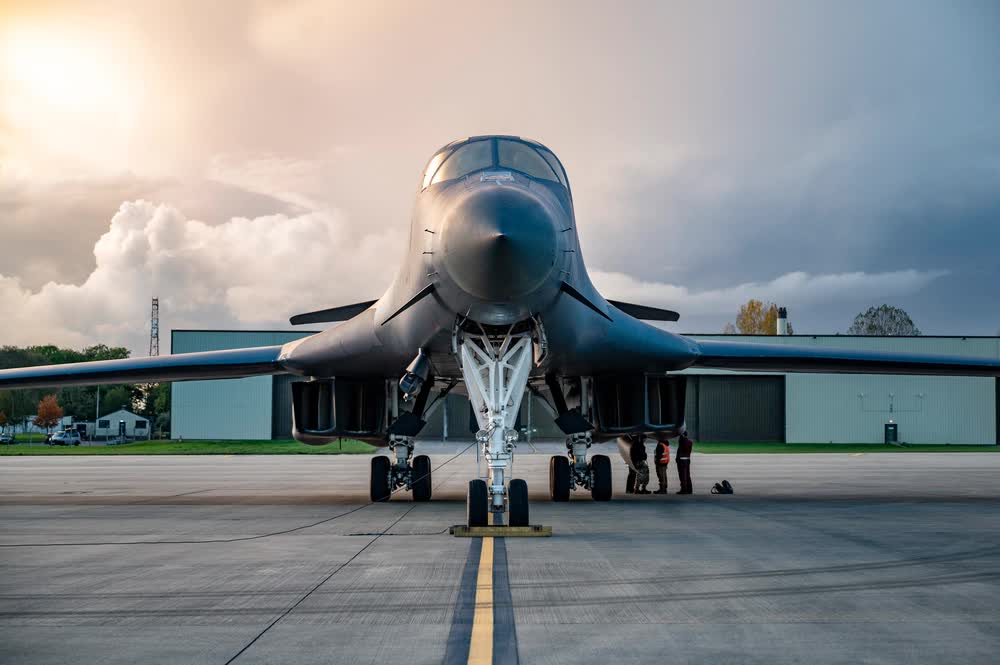This article by Alex Hollings was originally published by SOFREP
The SR-71 Blackbird, the fastest production aircraft to serve in any nation’s military, had over 4,000 surface-to-air and air-to-air missiles fired at it over its more than three-decades of service. Not a single one ever found its target. Longer than a hundred feet and wider than a school bus is long, the SR-71 wasn’t too small to get a lock, nor did it boast modern stealth capabilities like radar absorbant coatings.
Instead, the SR-71 survived its jaunts into enemy airspace time and time again through nothing more than brute force. Many missiles couldn’t reach a sufficient altitude to engage the SR-71, and even when they could, they couldn’t catch up with it as the impressive looking plane zoomed overhead at a bit over Mach 3.

Today, however, the SR-71’s blistering speed would no longer be sufficient to outrun the top of the line air defenses boasted by nations like China and Russia. The rapidly changing face of air defense capabilities, combined with new advancements in satellite surveillance technology, rendered the super-fast, high flying reconnaissance platform less useful, despite its much slower predecessor, the U-2 (also a Kelly Johnson design) still finding use over combat zones today.
As a result, the SR-71 retired from service in 1998. And despite being out of service for more than twenty years, there has yet to be a military aircraft that’s managed to steal its title as the fastest jet in town.
Of course, there’s good reason for that. After decades of focusing on power in the development of new air platforms, the United States has taken a sharp turn toward technology in recent years. The F-35 Joint Strike Fighter, for instance, is much slower than the F-15 Strike Eagle, with a top speed of just Mach 1.6, as compared to the F-15’s Mach 2.4.
While the F-35 won’t take home any wins at the drag strip, it’s the aircraft’s other features, like low observability and data fusion, that make it a superior platform to the fourth generation F-15. In the airspace above today’s battlefields, being faster isn’t as valuable as having situational awareness and stealth.

But as the United States, China and Russia all hurry to field hypersonic missile platforms, or missiles capable of flying at speeds in excess of Mach 5, it stands to reason that the same brutally fast technology will also find its way onto unmanned aircraft. Lockheed Martin has been whispering about just such a platform since 2013 with the appropriate dubbed “SR-72,” — an aircraft that will theoretically fly faster than Mach 6 (and that, according to some rumors, may even already exist).
With scramjet powered missiles rapidly approaching service, it seems a veritable certainty that hypersonic drones will follow shortly after — and that’s where the United States could see a return of the SR-71 style of beating air defenses.
Although at least three nations are steaming toward fielding hypersonic missile platforms as we speak, no nation currently has a reliable means of defending against a missile moving at such a high rate of speed. That also means no nation would have a reliable means of engaging a hypersonic aircraft flying through its airspace.
These platforms would almost certainly have to be drones, as there are limits to the G-Forces a human body can withstand, so physiological weakness would limit the performance of the platform. However, a scramjet powered, low observable drone with even a relatively small payload capacity could significant increase America’s air-capabilities. The combination of radar-wicking designs and materials alongside immense speeds would make for one dangerous drone.
It seems likely that we’re still years away from fielding drones that can exceed Mach 5. Yet their development is all but inevitable in the current geopolitical climate… and if we think hypersonic missiles are a game changer, we ain’t seen nothin’ yet.




